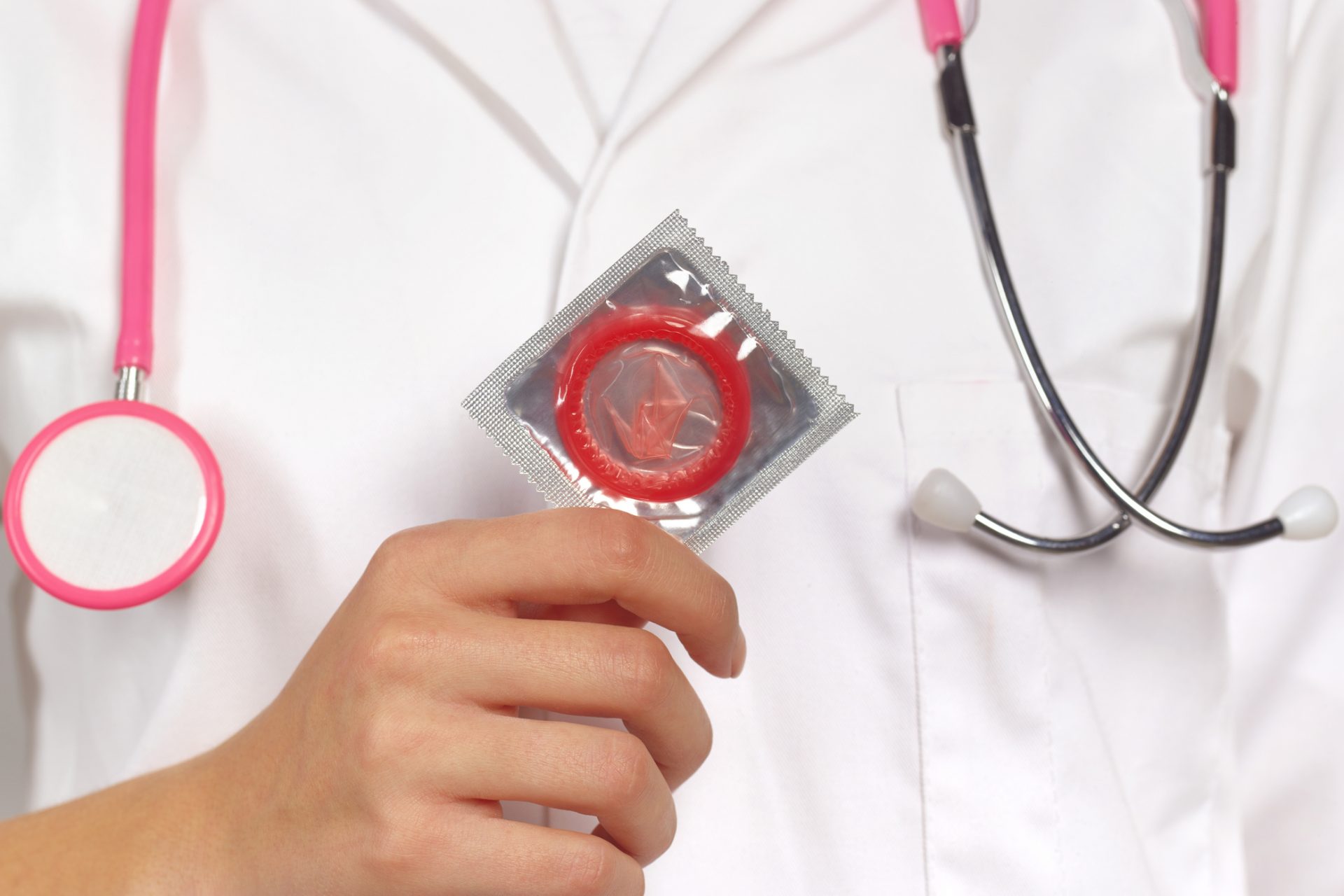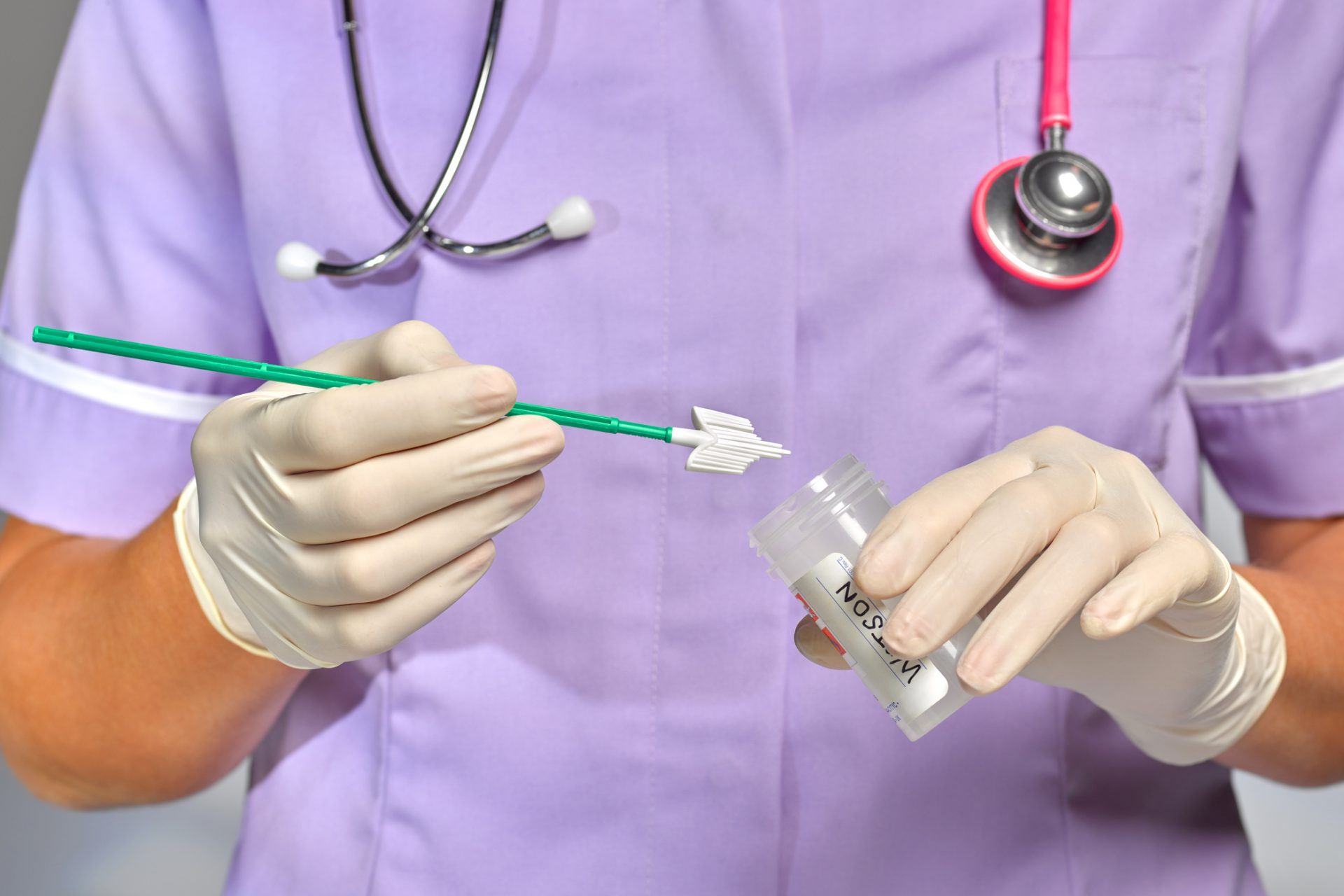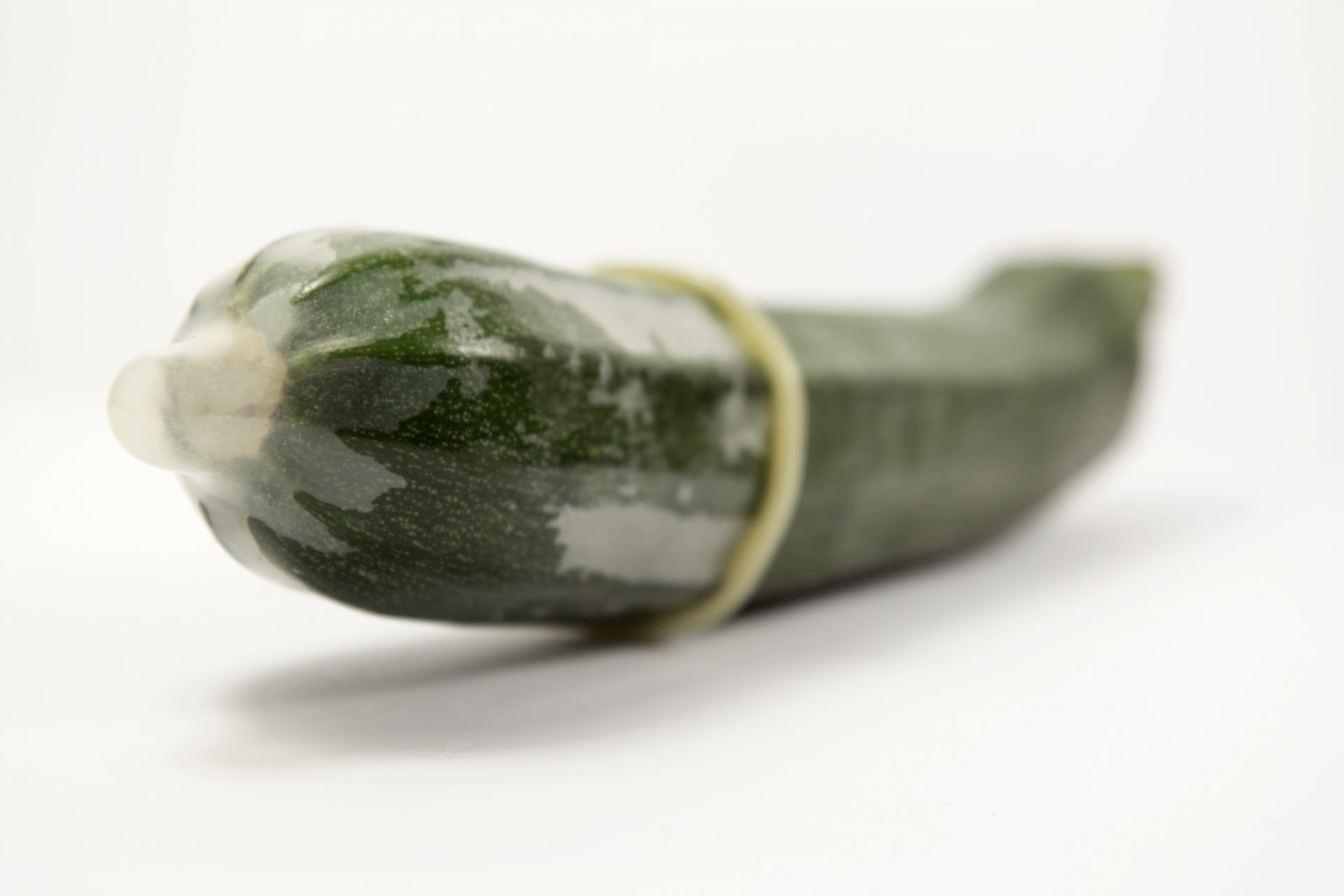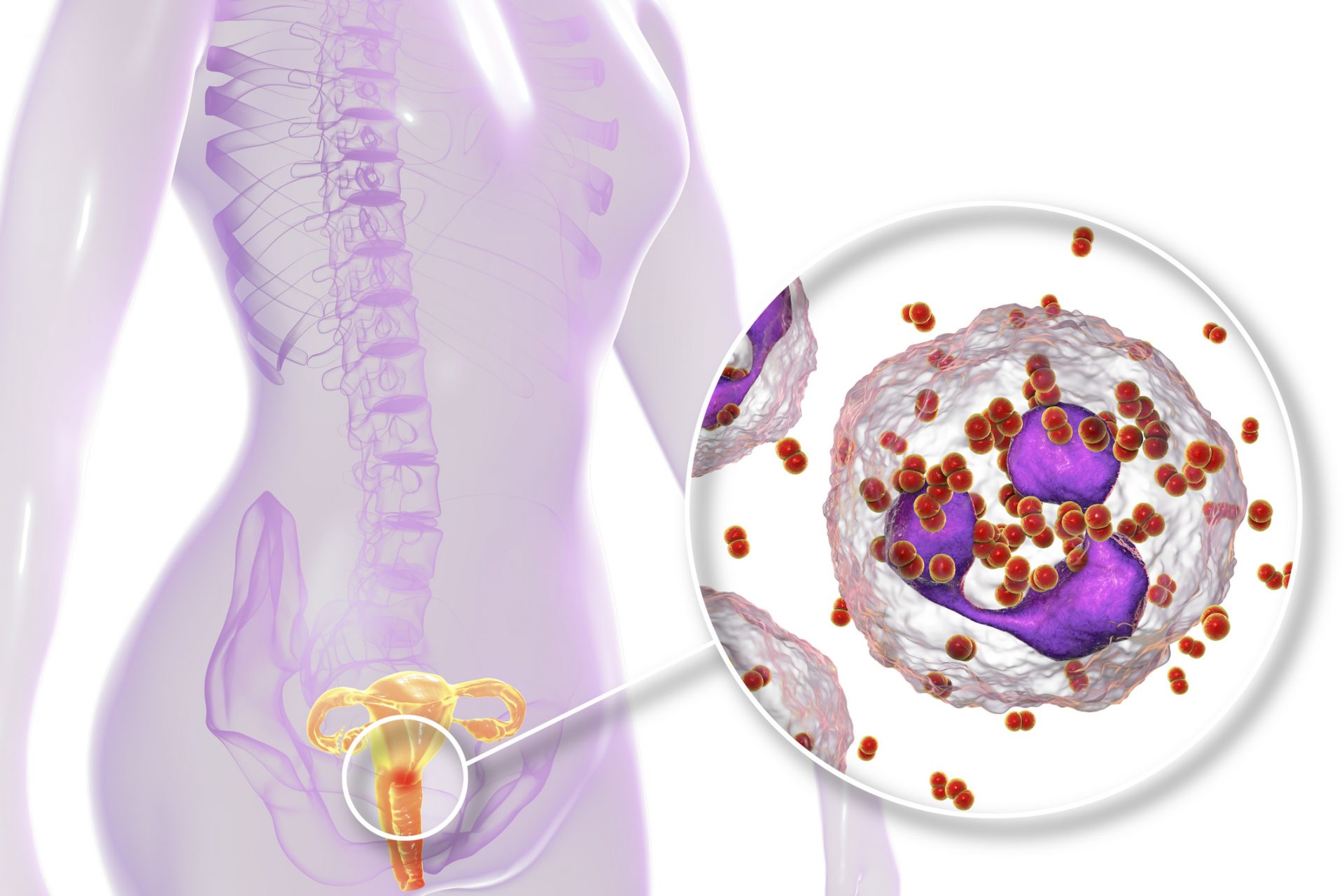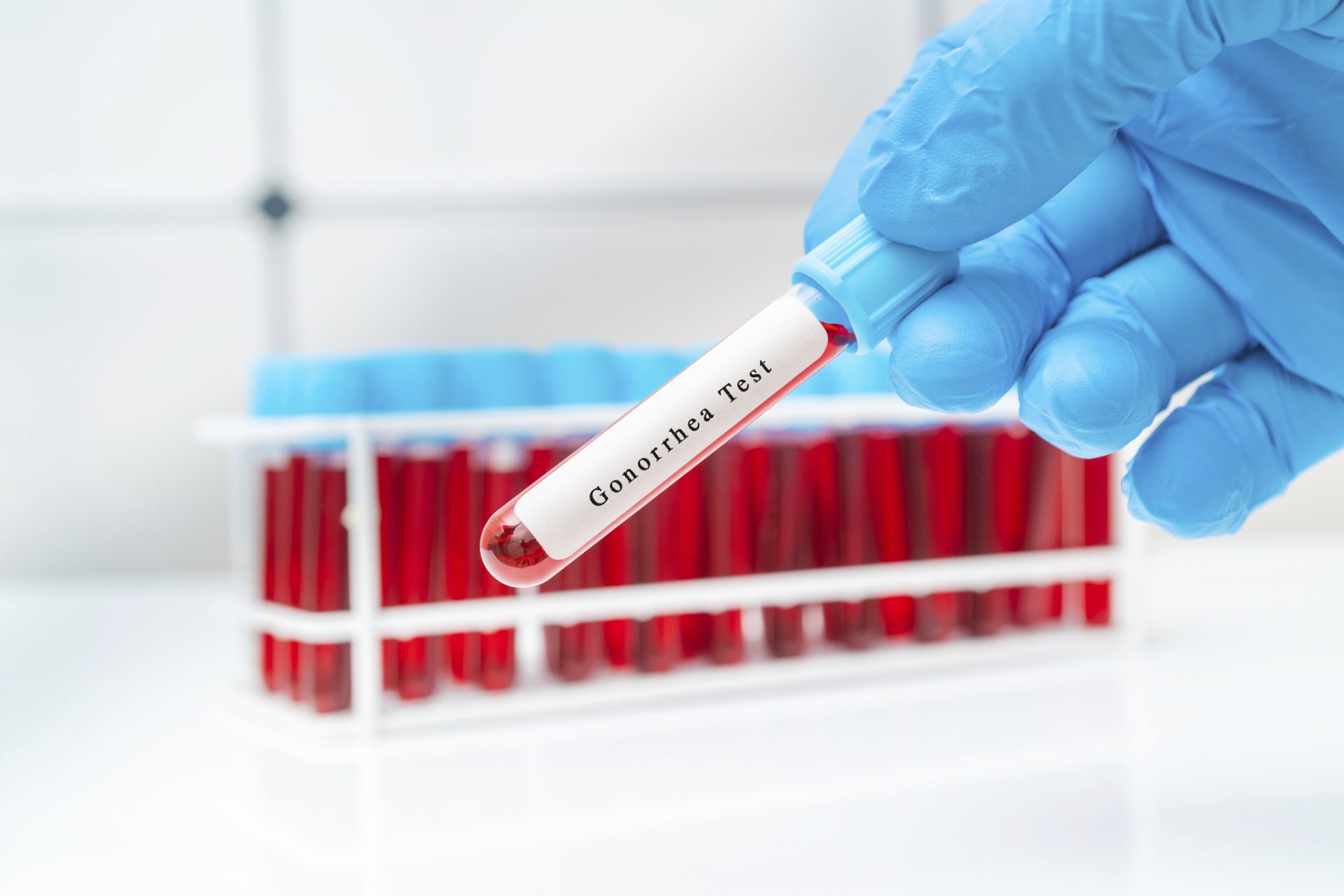Drug-resistant gonorrhea is on the rise and Canadians should be worried
Sexually transmitted diseases and infections are on the rise in Canada but there’s one in particular that you should be really worried about if you’re back on the dating scene.
Cases of gonorrhea highly resistant to all known treatments have exploded in several countries according to the World Health Organization and Canada is no exception.
The reason why things have gotten bad is in part because of the global pandemic and the low coverage for prevention, testing, and treatment that took place in those years.
A lack of proper screening and treatment led to the world’s current situation, which has led to a dramatic resurgence of infections and cases of new problems like gonorrhea.
The World Health Organization reported that several countries have conveyed failures of current treatment methods and specifically noted Neisseria gonorrhea as an issue.
Everywhere from China and Singapore to France and Australia are facing a rise in the rates of gonorrhea resistant to treatments like ceftriaxone, cefixime, and azithromycin.
Gonorrhea is a bacterial infection according to a Government of Canada resource page and it can be transmitted through oral, genital, or anal contact with an infected partner.
Commonly referred to as ‘the clap,’ gonorrhea can lead to infertility and it is particularly worrying since the infection’s on the rise in Canada with little sign that it’s slowing down.
“Gonorrhea rates in Canada and globally have been increasing for many years,” Dr. Ameeta Singh, an infectious disease specialist at the University of Alberta, explained to Global News.
Dr. Singh went on to report that every antibiotic currently being used to treat gonorrhea has been rendered ineffective at the beginning of its use because of the infections growing resistance.
So just how worrying is the problem in Canada? Well, 2019 data from Statistics Canada showed that cases of gonorrhea infection have nearly tripled over the previous decade.
Canada had 35,443 reported cases of gonorrhea in 2019 and two-thirds of infections in the country were in men while over half of cases were among those under 30 years old.
The rate at which men in Canada were developing gonorrhea was 228.3% more than it was in 2010, a statistic that reveals just how quickly the condition has been growing.
However, the Government of Ontario noted in an April 2023 report gonorrhea cases in the province had dipped in 2020 and 2021, but added the trend should be interpreted with caution, later showing that cases were rising again—albeit slower than before.
All of this should reaffirm the principles of safe intercourse for Canadians and it’s very important to know the signs and symptoms of gonorrhea in order to protect yourself as well as others.
Gonorrhea symptoms can include burning when urinating as well as vaginal discharge, pain in the lower abdomen, and vaginal bleeding before or after sex. Discharge, itching, soreness, bleeding, and painful bowel movements can occur in both men and women.
Sometimes gonorrhea has no symptoms at all according to a CTV News report, which is why it's important to get tested regularly.
More for you
Top Stories





